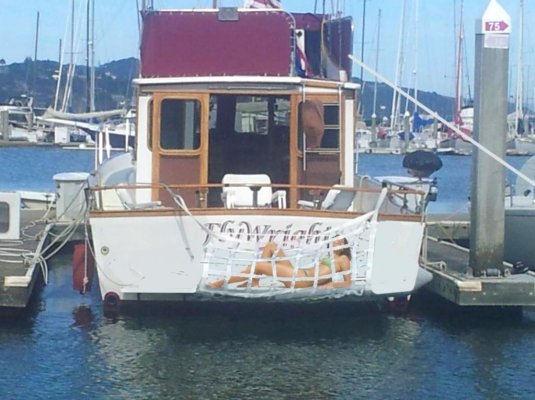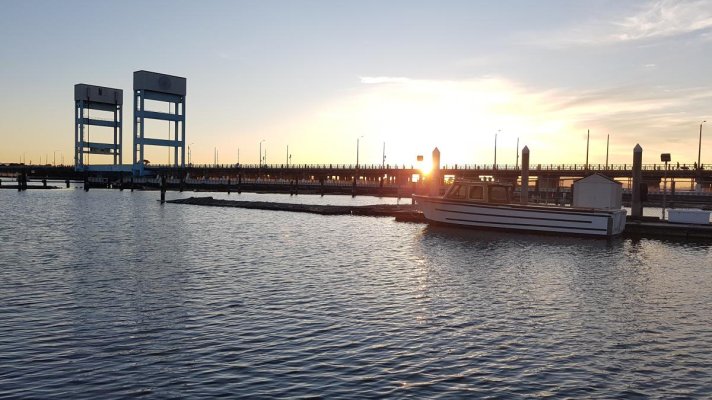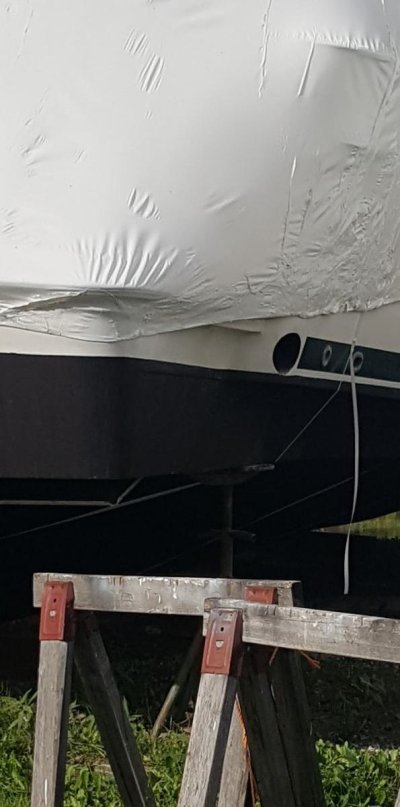ScottC
Guru
- Joined
- Nov 2, 2019
- Messages
- 1,520
- Location
- SWEDEN
- Vessel Name
- ABsolutely FABulous
- Vessel Make
- Greenline 33 Hybrid (2010)
The "Harbormaster" knows what he is talking about. Take his advice.
I couldn't agree more with this statement.
When we arrived at île de Porquerolles outside of Marseille a couple of weeks ago. It was dead calm. We tied to an anchor buoy about 20 meters in front of our bow and backed up to the concrete pier. Then, the harbor master issued a detailed set of instructions to fine-tune the tie up. We had to shorten the line going to the anchor buoy and use the engine to back up to the pier until the huge anchor buoy was just submerged. Took quite a few RPM's, actually. Then, while the engine was still running in reverse, attach the stern lines to the bollards on the pier (which was about 1 foot away). Once the stern lines were attached, we put it in neutral and shut off the engine. The boat came to a natural "resting point" with the stern about 3 feet from the pier. Too far to step off without a pasarelle, boarding ramp or some other alternative. We used our flip-out transom, putting it down only at the time of leaving or boarding the boat.
Setting this up seemed tedious and excessive -- until the storm came head-on the next morning. Everything worked perfectly - but if we had done it in any other manner than what the harbor master instructed, I'm sure we would have suffered some damage.






